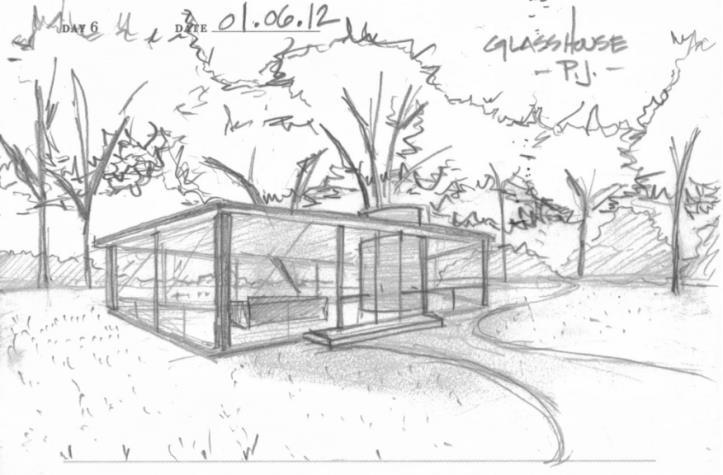
2 minute read
ideologies
MANIFESTO
You cannot learn architecture any more than you can learn a sense of music or of painting. You should not talk about art; you should do it.”
Advertisement
The Seven Crutches of Modern Architecture examines how architectural knowledge affects design. Philip Johnson claims that the following are "crutches" used by architects to avoid their true obligations:
Although there are many other things an architect can do, architecture is a good starting point for projects and it can be helpful to see the end outcome.
Crutch of History Drawing The Crutch of History is rejected by Johnson as being unnecessary. They can struggle to discover solutions since they are only able to rationalise aspects that have been around for a while.
” what do you mean you do not like my tower? There it is in Wren”.
Crutch of Pretty Drawing
“You can give yourself the illusion that you are creating architecture while you’re making pretty drawings.
Philip Johnson’ s sketches
Crutch of Utility
The customer is constantly looking for things that will be useful for a long time and wants to spend as little money as possible.
Crutch of Comfort
As an architect, you must create objects or spaces that suit the client.
Crutch of Serving the Client
As architects, we must be able to see exactly what client desires, as well as think like architects, maximise available space, and present the finest solutions.
Crutch of Cheapness
An architect will constantly strive to provide the greatest service for the lowest cost while maximising the building in accordance with the customer's budget.



